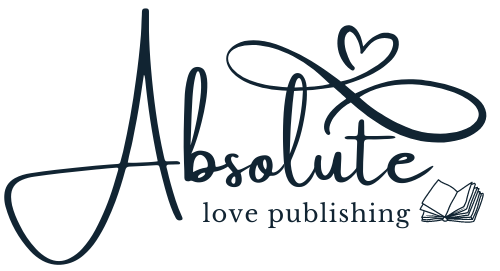 Six Story Stoppers
Six Story Stoppers
#6 Long, Dense Paragraphs: Readers have more options – and less time – than ever before. Long, dense paragraphs (think: little to no white space on the page) make reading a chore. Keep your paragraphs on the shorter side, and readers will feel like the pages turn themselves.
#5 Unnecessary Details: Too many unnecessary details will bog down your story. Keep it light – fill in just enough detail to let your reader visualize the scene, but allow room for the imagination to fill in the gaps.
#4 Lack of Description: This may sound like it contradicts story stopper number five, but the truth is that writers have to walk a fine line between boring their readers with too many details and hindering their story with too few. A lack of description can render it nearly impossible to visualize your scenes and your characters, and visualization is the key to getting “hooked” into a story. You don’t need to describe every booth or person in the diner, but make sure to highlight enough detail for the reader to form a picture of the scene. Think about the movies: Directors never focus on an item (like a book, or a seatbelt, or an apartment number) unless it’s important to the story itself. Figure out which things are integral to your story, and paint a picture with your words.
#3: Excessive Narration: Many first-time manuscripts read like a stream of consciousness from the main character’s head. Learn how to weave your character’s back-story and feelings into their appearance (through description), their actions, and their words. Don’t tell the reader what you think he or she should know – show them.
#2: Lack of Action: This is often tied in with story stopper number three (excessive narration). Quick fix: Go back through your first chapter and highlight all of your action words (i.e. active verbs). Total them. Then, take your favorite novel off the shelf and count the number of action words in the first chapter. Compare. If you find that your first chapter has significantly fewer action words than your favorite novel’s first chapter, go back to your writing and rewrite for action. By increasing the number of action words you use, your story will pick up pace, build conflict effortlessly, and capture your reader’s interest.
#1: Lack of Dialogue: Stories are about people – people who experience conflicts, solve mysteries, travel, fall in love, and (most importantly) talk. We often see work from beginning writers that’s rich in narration but has little to no dialogue. This makes for lackluster reading. Dialogue provides momentum. It can be used to introduce a back-story, explore personalities, and expand on a conflict. But, most of all – it’s natural. People talk. It doesn’t matter how well you use other techniques, without dialogue your story isn’t going to go anywhere. So, sprinkle it in. Think about your scene occurring in real life. Visualize the interactions between your characters. They’re talking! You just have to tap into that conversation and write it down. (Added bonus: Dialogue breaks up your paragraphs and adds a ton of reader-friendly white space to the page!)
When you are ready to share your message with the world, it’s time to engage the services of a publishing house that resonates with you and your writing works. This information provided by Absolute Love Publishing.



